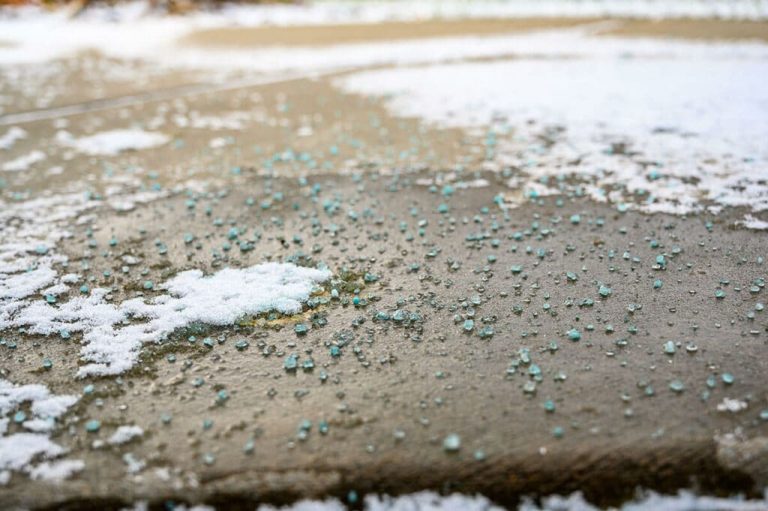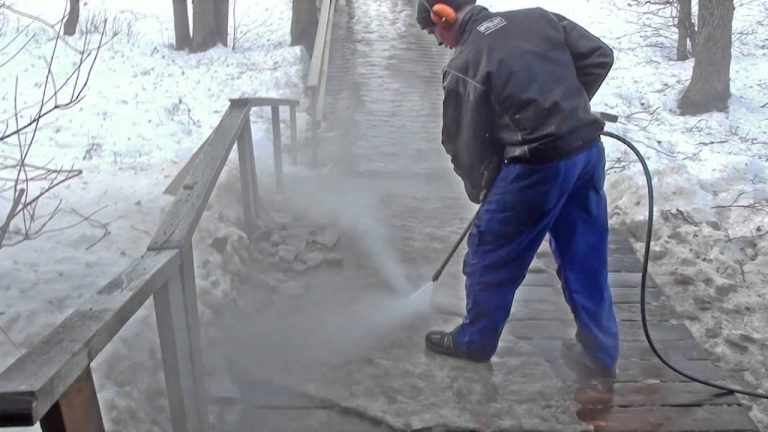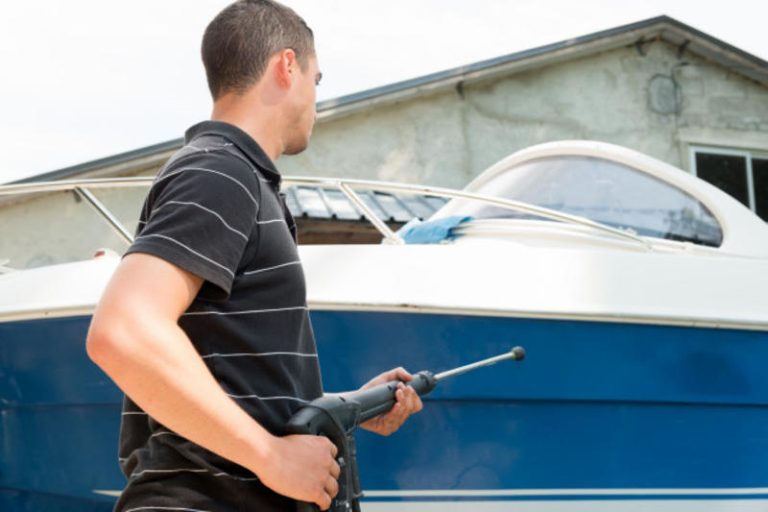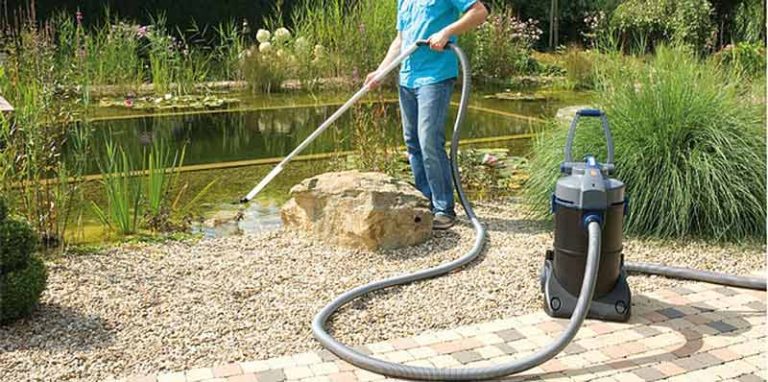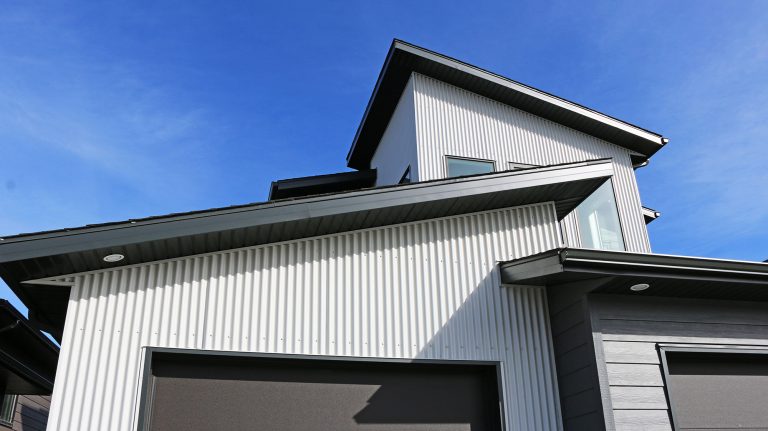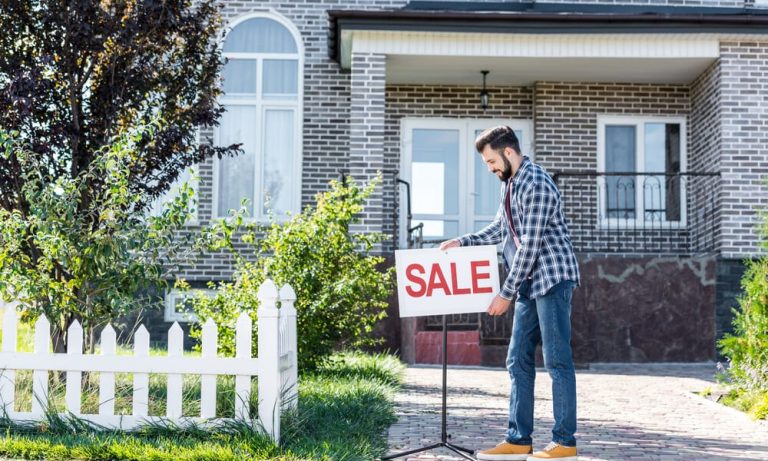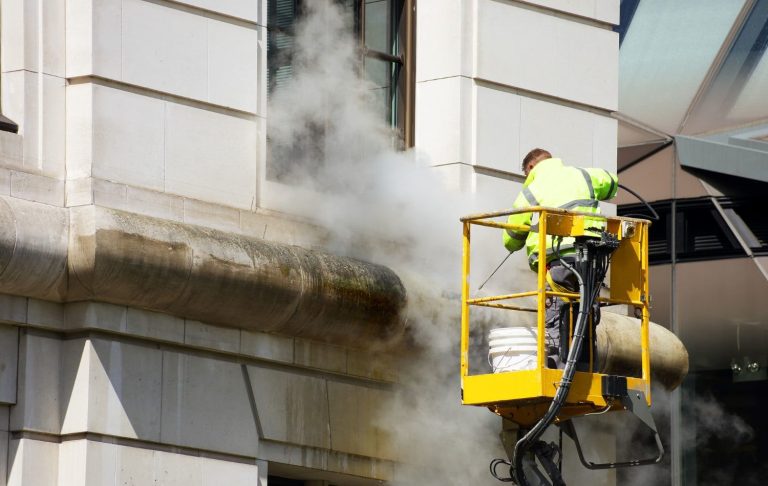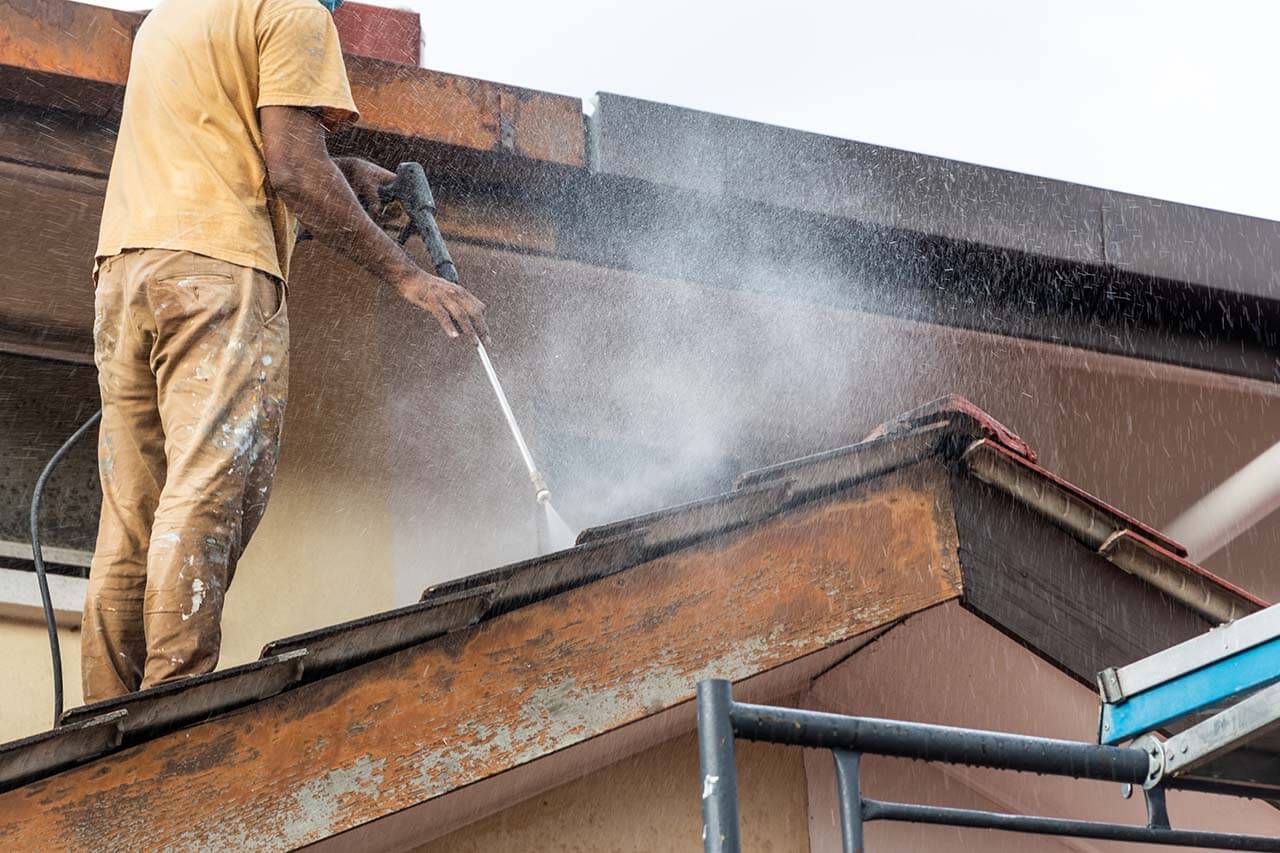
Pressure washing can feel like a magic wand—blast the grime, and everything looks brand new. It’s powerful, satisfying, and quick. But like any power tool, it’s not always the right choice. In fact, some surfaces can be permanently damaged—or even become dangerous—if you pressure wash them.
So, the big question is:
“What surfaces should never be pressure washed?”
In this guide, we’ll explore materials and areas you should steer clear of with your pressure washer, why they’re at risk, and what to do instead. Let’s keep your home sparkling—and safe. ✨🏡
⚠️ Why Certain Surfaces Are Off-Limits
Pressure washers can blast water at 1,500 to over 4,000 PSI—enough to peel paint, erode stone, or crack glass. For sensitive materials or improperly sealed structures, this can mean:
- Structural weakening
- Water damage
- Etching or pitting
- Loss of warranty
- Dangerous mold growth from trapped moisture
💡 Just because it’s dirty doesn’t mean it can handle high-pressure cleaning!
🚫 1. Asphalt Roof Shingles
Pressure washing asphalt shingles is one of the most common DIY mistakes. Here’s why it’s a big no-no:
- Blasts away the protective granules that shield your roof from UV rays
- Loosens shingles, making them prone to leaks
- Voids roof warranties in many cases
- Forces water under the shingles, which can lead to rot or mold
✅ What to do instead: Use a soft wash method with low-pressure spray and a roof-safe algaecide or cleaner.
Browse Amazon Here For Soft Washing Equipment And Accessories
🚫 2. Wood Siding (Especially Older or Soft Wood)
Yes, you can pressure wash some wood—but it’s risky. Improper technique can:
- Cause splintering and gouging
- Drive water deep into the siding, causing warping or mold
- Strip paint or stain unintentionally
✅ Alternative: Use a garden hose and soft brush for light cleaning, or hire a pro who understands soft washing on wood.
🚫 3. Windows and Window Screens
A direct blast from a pressure washer can crack glass, bend frames, or tear screens. Plus, high-pressure water can force its way past seals, causing leaks inside the home. 🪟💦
✅ Safer method: Use a squeegee, gentle soap, and a hose spray for outside window cleaning.
🚫 4. Electrical Panels and Outdoor Outlets
Water and electricity do not mix. Blasting high-pressure water at:
- Breaker boxes
- Outdoor outlets
- Electrical meters
- AC units
…can result in short circuits, electrocution hazards, or damage to critical systems. ⚡🚫
✅ Instead: Use a damp rag or light spray from a safe distance. Keep all electrical equipment completely sealed while cleaning nearby.
🚫 5. Lead Paint or Asbestos Surfaces
Older homes may contain lead-based paint or asbestos siding. Pressure washing these surfaces:
- Releases dangerous particles into the air
- Spreads contaminants into soil or water systems
- Can result in environmental and health violations
✅ Solution: Have these materials inspected and professionally removed or encapsulated.
🚫 6. Vehicles with Flaking Paint or Rust
While some people use pressure washers to clean their cars, it’s a risky move on older or damaged paint. You can:
- Peel away paint
- Worsen rust spots
- Drive water into sensitive parts like seals and joints
✅ Tip: Use a foam cannon, low PSI setting (under 1,200 PSI), and wide spray tip if washing your vehicle yourself.
🚫 7. Aged or Fragile Masonry
Concrete and brick can handle a lot—but not always. Avoid pressure washing:
- Crumbling mortar joints
- Historic brickwork
- Delicate stone facades
These areas can erode or break apart under intense pressure, compromising the structure.
✅ Safe option: Use a low-pressure rinse and a masonry-safe cleaner, or consult a pro for older buildings.
🚫 8. Outdoor Fabric or Patio Cushions
Soft outdoor fabrics, including umbrellas, awnings, or patio furniture cushions, can be shredded or punctured by a pressure washer.
✅ Instead: Hand scrub with a brush and soapy water, then hose off gently.
🚫 9. Painted Surfaces Not Meant to Be Stripped
If you pressure wash a painted wall, door, or fence expecting it to look cleaner, you might actually peel or chip the paint off. High-pressure water can damage the finish beyond repair.
✅ If prepping for repainting: Go ahead. But for general cleaning, use low-pressure settings and test a small area first.
🧠 Quick Rule of Thumb
If you’re ever unsure whether a surface can be pressure washed, ask yourself:
- Is it fragile, soft, or aged?
- Is it sealed, painted, or protected?
- Would you be okay with stripping, denting, or warping it? 😬
When in doubt, start with the gentlest method possible—you can always increase intensity later, but you can’t undo damage from high-pressure water.
✅ Final Thoughts
Pressure washing is an awesome way to clean many outdoor surfaces—but it’s not a one-size-fits-all solution. Understanding what should not be pressure washed is just as important as knowing what can be.
Recap:
🚫 Avoid pressure washing:
- Asphalt shingles
- Old wood siding
- Windows
- Electrical fixtures
- Lead/asbestos surfaces
- Fragile masonry
- Outdoor fabrics
- Peeling paint
- Rusted or delicate vehicles
✅ Use soft washing, hand scrubbing, or hire a pro for sensitive areas.
A clean home is a happy home—but only if you treat it with care. 🏡💧✨
Browse Amazon Here For Soft Washing Equipment And Accessories
